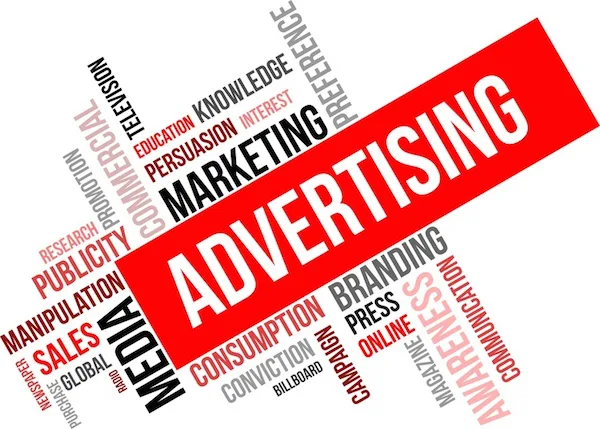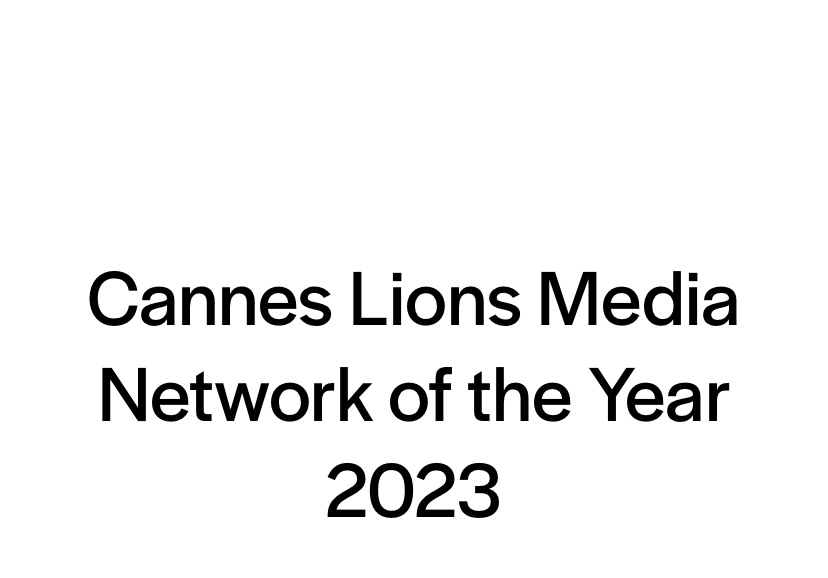By Oluwaseyi Lawal
A new report by AD-ID has revealed that ad fatigue is influencing consumer behavior, with 61% of a survey respondents reporting they are less likely to buy products or use services from companies that show the same advertisements repeatedly.
Ad-ID is developed and supported by the American Association of Advertising Agencies (AAAA) and the Association of National Advertisers (ANA) industry bodies.
The findings highlight how repeated exposure to identical ads can have a negative impact, as 49% of participants admitted to having decided against purchasing a product from a brand due to seeing the same ads too often.
The report further indicates that certain demographic groups are more affected by ad fatigue, including adults under 55, men, parents with children under 18, and adults living with children, who are significantly more likely to express frustration with repetitive advertising. The results emphasize the importance for brands to diversify their marketing strategies to avoid diminishing consumer interest.
According to AD-ID CEO Nada Bradbury, “Not only are consumers getting fatigued, but the investment could also be detrimental to what you’re trying to accomplish. I’m spending all this money to bring consumers to my product, but because someone isn’t controlling frequency like they should be, I may be turning people off from my product, brand or entire category.”
A new survey involving over 2,000 U.S. adults has shed light on the impact of ad fatigue on consumer behavior, revealing that excessive ad repetition can harm purchasing decisions.
According to the findings, 59% of respondents reported encountering the same ads repeatedly, leading to negative reactions—50% expressed irritation, and 26% said it affected their buying choices.
The survey, supported by the American Association of Advertising Agencies (AAAA) and the Association of National Advertisers (ANA), underscores the importance of carefully managing ad frequency. However, there remains potential for effective targeted advertising.
About 75% of those surveyed said they prefer ads that align with their interests, and 63% acknowledged making purchases based on ads that introduced them to previously unknown products or services. The findings suggest that while there is a point where ad repetition becomes counterproductive, strategically tailored ads still have the power to engage and influence consumer decisions.
“That will be the next step — knowing how many times is too many,” she said. “What I do know is seeing the same ad two or three times in a row is too many. You can’t keep showing the same ad and expect a positive response. They must be interspersed, and I think we are failing our clients if we can’t control that.”






Comment
No comments found.